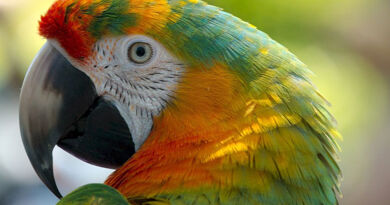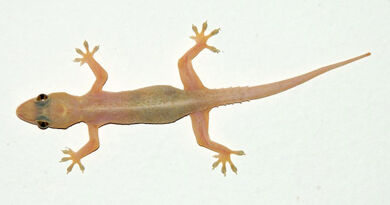The snakes Trigonocephalus
In the reptile class, they are the ones who aroused the most comments, who gave birth to the most legends and sowed the most panic in our populations.
The poisonous snake
The Bothrops or Trigonocephalus (Bothrops lanceolatus, Lacépède) With these animals, we enter the field of reptiles. As their name suggests, these beings all have a common character, that of crawling on the ground. In this respect, these terrestrial animals, if they move relatively difficult on dry land, represent however a fundamental stage of biological history. Indeed, with them the animated beings left the aquatic environment definitively to conquer the ground, more than 200 million years ago. At that time, our islands, Guadeloupe and Martinique, had not yet emerged from the oceans, because they date back to around 50 million years. Anyway, reptiles from elsewhere have settled in our islands. Let us make it clear right away that we must not confuse “Reptiles” and “Snakes”. If the latter are indeed reptiles, they are far from constituting by themselves the whole of this class. The reptile class also includes animals whose names are well known, since they are Lizards, Cocrocodiles and Turtles. In our Caribbean islands, the only representatives of the reptile class are Snakes (Ophidians), Lizards (Saurians) and Turtles (Chelonians).
“Trigonocéphale”, “Fer de Lance” or quite simply “Serpent”, this is what we call the Martinique snake. In the reptile class, he is the one who has generated the most comments, the most legends and has sown the most panic in our populations. Its presence in Martinique and Saint Lucia dates from the earliest times. He was already there when the first French settlers arrived, who were so frightened that they left Martinique to settle in Guadeloupe where snakes did not exist. “On June 25, 1635, Captain Fel and David Michel, who were sailing together from Dieppe, gave the order to anchor almost at the same time, a stone’s throw from the cove where the town of La Case nestles today. Pilot. The stretchers were not furious that a troop, commanded by Olive and Plessis, gained the shore by force of oars. The first French settlers set foot on Martinique soil. When everyone had landed, the expedition leaders prayed
“The Martinique snake is one of the most dangerous representatives of the poisonous family of Crotalidae. ” Where does this snake that posed so many problems for the inhabitants of Martinique come from? The origin of this venomous reptile and the conditions of its installation in our islands have given rise to a lot of controversy. From 1667, RP Du Tertre, in his “Natural History of the Antilles”, was astonished at his existence in SainteAlousie (Saint Lucia) and Martinique, to the exclusion of the other islands he had visited, where the ‘we could meet snakes of various species, sometimes even Boas, but never poisonous snakes.
What R. Du Tertre (1650) says: Several people are astonished with reason enough that the Isles of Martinique and Sainte-Alousie, being located in the middle of all the Antilles, which have no poisonous beasts, nevertheless produce snakes, including deadly biting have killed so many François, Indians and Negroes. ” Some believe that it comes from the bad weather …, others believe, with more probability, that it comes from the soil which is extremely stony, and very similar to that in which the vipers of Europe enjoy themselves more. “
“It is not out of place to report here the opinion of the Indians on this matter. Some of them assured us, that they held by tradition very certain of their fathers, that it came from the “Arroüagues”, nation of the dry land, as the “Kara’ibes” of our Isles do a very cruel war. These, they say, seeing themselves tormented and annoyed by the continual incursions of ours, took notice of an unusual common ruse of war, but extremely damaging and perilous damage to their enemies, because they massed large numbers of these serpents , which they locked up in baskets and callebasses, brought them to the Isle of Martinique, and there gave them freedom, so that without leaving their land, they could by means of these fatal animals, make them an immortal war. “




